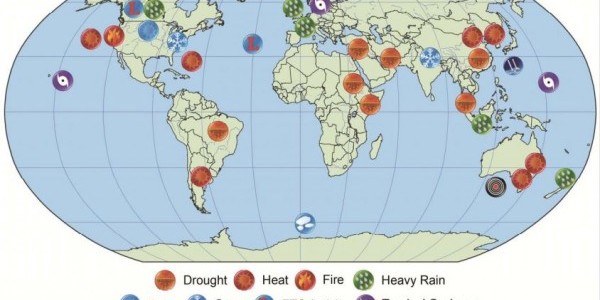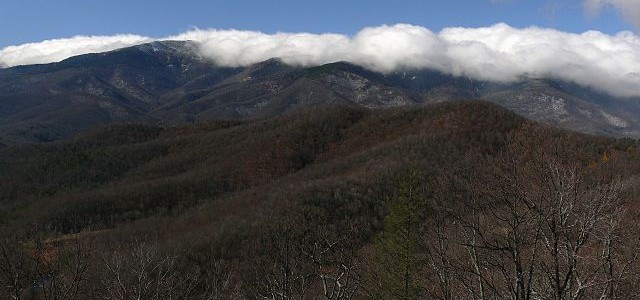Climate science
-

If you are looking for simple fact sheets on how El Niño will affect your area or other regions around the country, including US territories, NOAA has collected a series of links to fact sheets at https://www.ncdc.noaa.gov/news/regional-el-nino-impacts-outlooks-assessments. There are also some links to other El Niño information at this site.
-

The Climate Prediction Center posted its latest outlook maps yesterday for December and December through February. The maps are shown below. To interpret these maps, you need to know that the probabilities start out with an equal chance of below normal (33.3%) or lowest third of all values, above normal (33.3%) or upper third of…
-

The “States at Risk” website was put together to look at how well each state is prepared to deal with impacts of changing climate. The site provides ratings for each state on how prepared they are to deal with extreme heat, coastal and inland flooding, drought and wildfires and combines them into one overall grade. …
-

I’m meeting today with other scientists on the Animal Agriculture and Climate Change research project that helps fund this blog. One of the topics for discussion was the AACC resources page at https://animalagclimatechange.org/resources/. This page now has a search capability which allows you to look for resources related to specific species, climate topics, mitigation and…
-

The State Climate Office of North Carolina posted an article to their blog today from Bradley McLamb, Meteorologist at the NC Division of Air Quality, and Corey Davis listing the possibilities for cold outbreaks this winter. Even though El Niño is currently expected to impact the Southeast’s weather for the next few months, not every El Niño…
-

Last week NOAA released their annual evaluation of 28 separate weather disasters that occurred in 2014 along with a discussion of which if them were affected by trends linked to changing climate and other human factors like changes in land use. This evaluation is published by the American Meteorological Society and is based on evaluations…
-

Have you ever wondered how the local topography affects your local climate conditions? Jake Crouch of NOAA’s Climate.gov has a nice blog post which describes how mountains and valleys affect climate. Even though the mountains in the Southeast are not as tall as those in the West, they do provide quite a bit of climate…